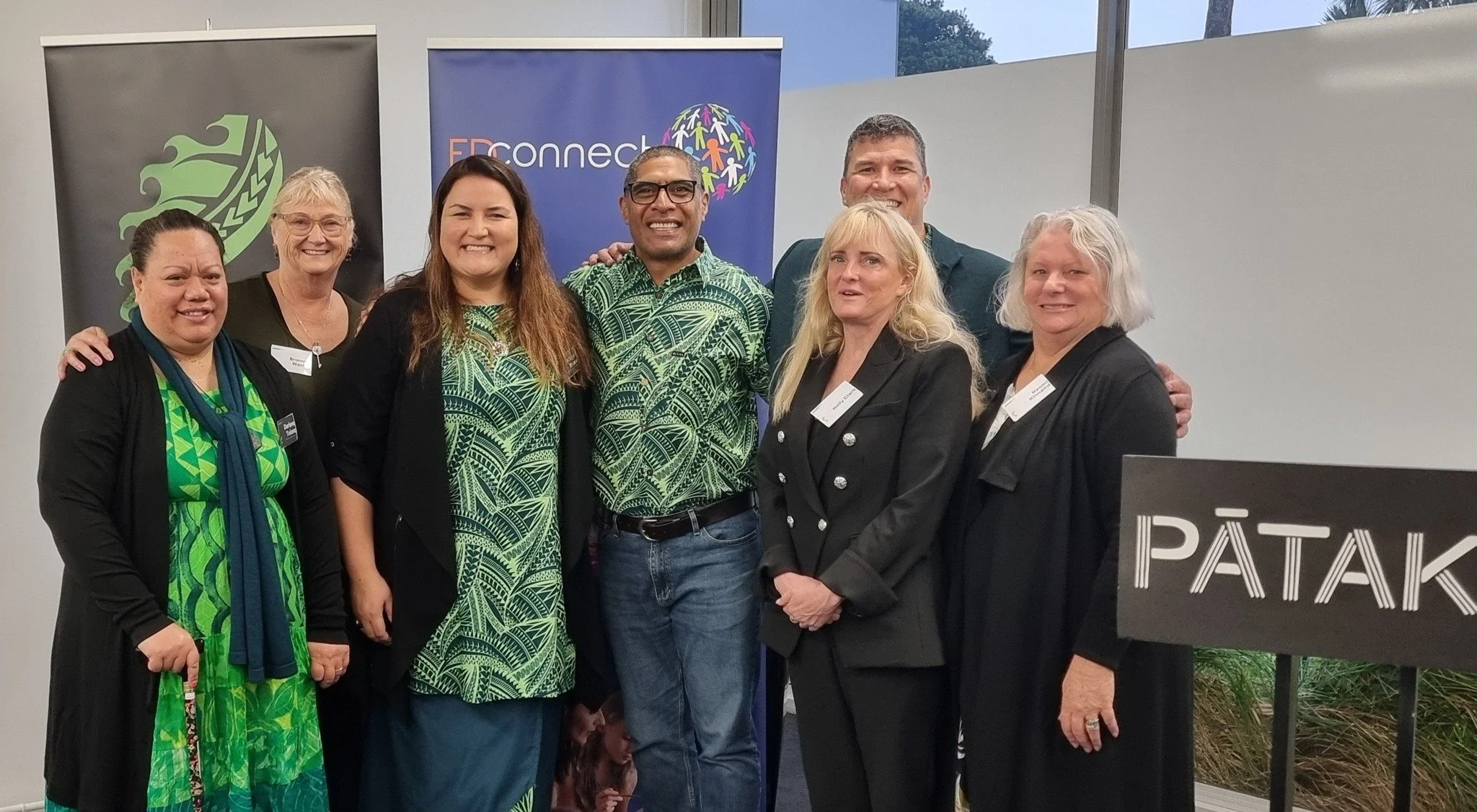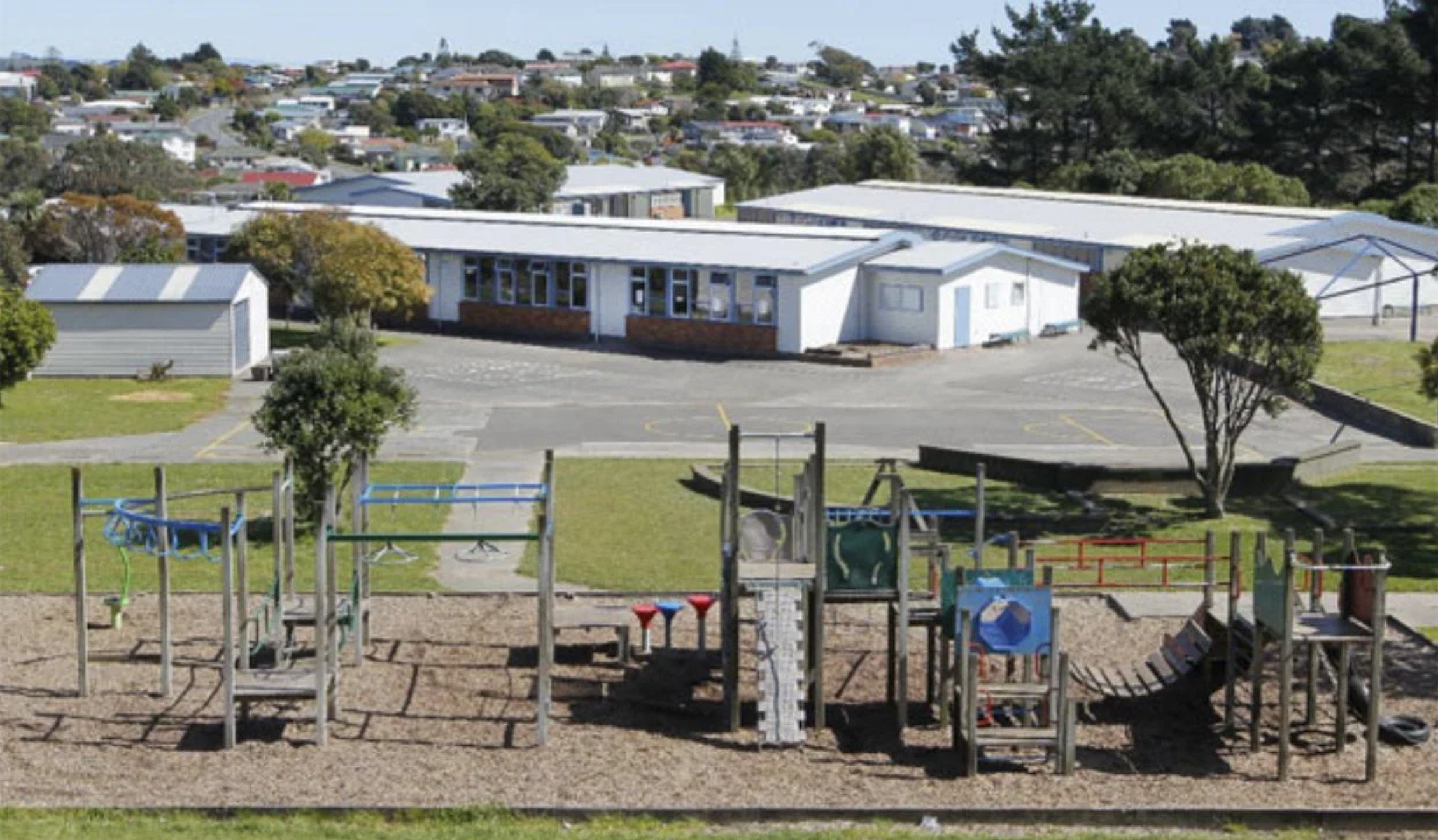Embracing What’s Next: AI and Community in Action
11 July 2025 — PACE Community Education & Digital Pathways Conference, with Holly Clark
AI is on everyone’s radar these days, and for good reason. Whether you’re in the classroom, school leadership, or the wider community, it's becoming increasingly clear that artificial intelligence will play a role in shaping the future of education and work.
Yet with all the buzz, it can be tough to sort out what's helpful, what's hype, and what it really means for our students and communities.
That’s where community empowerment organisation PACE (Porirua Access, Connect, Educate) continues to step in and step up, in this instance to host an event to talk openly and practically about AI and the future of learning and work.
Following on from a recent event by partner organisation EdConnect and their national AIinEd series focused on schools and educators, this Porirua Community Education & Digital Pathways conference aimed to focus the lens on connecting voices from local community support and other grassroots programs.
With a keen eye on the bigger picture, PACE invited us to join in building a collective capacity to empower parents, support families, and strengthen the networks that wrap around people not just during school or work hours but in every part of their busy lives.
Gathered together at the Pātaka Art + Museum in Porirua, our wānanga began with PACE warmly and firmly anchoring the event in the idea that learning is not something we simply acquire for ourselves but rather something we take part in and pass on. This principle of service shaped the day, creating an atmosphere of shared purpose and a sympathetic space for us to be honest, curious, and open.
AI in Education Strategist, Holly Clark
Following an opening karakia and uplifting introductions from PACE members, the floor was handed over to special guest host Holly Clark, a respected voice in the AI and education space, an acclaimed international presenter on the topic, and a primary school teacher from California in the United States.
Clark’s mission was clear — to inspire optimism on the one hand, and to help equip us with a basic practical understanding on the other. From the start she stirred excitement, grounded complexity in meaningful analogies, and showcased real-world applications of AI tools for making a difference in the classroom and beyond.
Members of PACE, EdConnect, and Holly Clark on the day. 📸Credit: EdConnect
Classrooms Keeping Up with Our Changing World
One of the earliest and clearest messages of the day was that the pace of technological change is swift, that the scale and speed of AI’s development are on a whole other level, and that to avoid being left behind we need to stay curious, informed, and proactive.
Clark kicked things off with a VHS tape, a simple but powerful symbol of just how incredibly fast technology has moved in only a few decades. She shared footage of students from ten years ago who even at that time struggled to recognise the old tech and what it was for. She then challenged the room to consider how many classrooms today still rely on systems and tools from another time, despite the fact that the world their students enter is less and less, if at all, compatible with those things.
Clearly the world is changing fast, and what we teach and how we teach it isn’t always keeping pace. Clark warned that this mismatch puts our students and by extension our communities at risk of being ill-prepared or even left behind.
Clark suggested that if the health of our community is directly linked to the health of our kids, then preparing students for the future is a goal for us all to think deeply and critically about. It seems the first step is acknowledging that the traditional playbook is no longer enough.
To move forward, it’s important to know the difference between something that’s outdated and something that’s simply old but still perfectly good. Of course not all old practices are bad. Especially here in Aotearoa, we know that it’s our past that leads us forward. Yet how can we recognise and be willing to let go of things that no longer serve our learners and may actually be holding them back?
Power, Promise, and Pitfalls of AI Tools
Moving on to gauge the room, Clark asked a question of the group: “When you think about the future of AI, do you feel excited or unsure?” After a round of group discussion, most people landed somewhere in the middle — curious, but cautious; hopeful, but uncertain. It was perhaps an honest reflection of where many people find themselves these days.
Clark then set the tone of her presentation by encouraging the group to lean into the curiosity, the hope, and the excitement — not by ignoring the unknowns, but rather by recognising the opportunity that comes with change. She stressed that, ready or not, the tide is shifting and that you don’t have to be an expert to be engaged. Start with a willingness to stay informed.
Clark stressed the power of AI to drive change in how we think about what’s important. Rather than viewing AI as thinking for us, she posed AI as an invaluable ‘thought partner’ and powerful ally that can allow us to refocus our energy on skills that really matter to us — like creativity, critical thinking, empathy, collaboration, and more.
A ‘dyslexic kid’ herself, Clark gave examples of how AI tools can help liberate students to more fully pursue their ideas rather than routinely get derailed or disillusioned by avoidable barriers to their expression. Used wisely, AI has the potential to help level the playing field and offer new opportunities to people and communities that have historically been underserved or altogether overlooked.
This energy was motivating, yet it was heartening to see it also sparked outspoken concern from us in the audience who, with our communities clearly at the very front of mind, wondered how to balance the tension between speed and safety, between progress and preparedness.
Clark was candid about the uncertainty and complexity of moving quickly without a clear roadmap. Rather than offer firm answers, she again encouraged us to lean into the opportunity, to work to stay informed, and to create more space for ongoing discussion, shared learning, and careful community-led decision-making.
Weighing in: Excited, Unsure, or a bit of both! 📸Credit: EdConnect
On the Tools to Learn by Doing
Later we had the chance to move beyond theory and actually get our hands on a range of AI tools. For many of us, it was the first time using some of these tools or at least a rare chance to experiment with them in a safe, supportive environment.
In one exercise, Clark introduced several large language model (LLM) platforms and guided us in small groups to compare responses to the same question. We explored each tool’s strengths and limitations and began to form an understanding of how they vary.
These hands-on activities, including other of Clark’s interactive demonstrations throughout the day, helped shift the conversation from the spectre of emerging tech to actual ways it can help us better support students, families, and community here on the ground where we live and breathe.
In a space where trust and transparency are not certain, Clark also pointed out that the people building the tools matter just as much as the tools themselves to help communities make conscious choices about which platforms they use and why.
Clark encouraged us to look beyond the interface and consider who is behind each AI tool. She highlighted how the values, goals, and leadership of the companies developing these technologies can deeply influence how the tools are designed, what data they are trained on, and how they serve — or fail to serve — different communities.
She was candid again about the challenges to evaluating or eliminating bias, but she expressed confidence in her view that greater access, connection, skills, and experience ultimately makes truth harder to hide.
In the end, tinkering with the tools highlighted an important takeaway, that no single tool is perfect. Some excelled at generating text, others at translating or visualising ideas, some were designed with schools and educators in mind, while others clearly were not. Each tool offers unique benefits, yet their value heavily depends on context, intention, and implementation.
Seeing the Glass Half Full
To help warrant excitement amongst those of us more wary, Clark was keen to disrupt some common conceptions — or misconceptions — of the negative impacts of AI. It was clear she hoped both to help broaden our own perspectives as well as give us tools and strategies for addressing skepticism within our communities towards fostering a more informed, optimistic view of the technology.
For example, contrary to some popular concerns, AI doesn’t necessarily consume more energy than many of our other modern daily habits. It turns out that a single Google search weighs in at about the same as about 20 AI prompt entries, and 10 minutes of video streaming alone already works out to more than 6,000 average prompts.
On the matter of jobs, Clark showed that while AI is set to disrupt many professions, especially amongst knowledge workers, it’s also likely to leave skilled trades less affected and to even open up opportunities for new types of collaboration between humans and machines. In particular, Clark was passionate about the immense potential AI has to break down communication barriers and increase access for diverse learners.
Perhaps then, the real concern is ensuring that schools are equipped and supported to adapt to this new landscape with thoughtfulness and care.
PACE local Tairangi School, Porirua 📸Credit: Stuff
Looking Ahead, Together
As we navigate this evolving landscape, let’s approach AI with both openness and caution, with curiosity and care. Like any power or privilege, AI can be a tool for good only if we stay curious, thoughtful, and committed to using it in ways that truly serve and strengthen our communities.
PACE with the help of EdConnect and Holly Clark are helping pave a positive way forward where we can work together, be open, ask questions, trade insights, and develop the confidence and capacity to navigate what's coming. How better to help make sure that our communities are not only keeping up but also helping lead the way forward for greater equity, access, and connection?
To finish up, Clark was stark in her forecast that AI will transform human life more than anything we’ve ever seen before. She compared our present moment in AI technology with the early video game Pong, inviting us to consider how very far today’s life-like video games have come and to imagine the tremendous trajectory of AI moving forward.
So let’s recognise that now is the time to engage, to learn, and to adapt — together. We don’t need to become experts overnight, but we do need to start understanding what’s happening, because the tools we use and the skills we teach will shape the future our young people step into.



